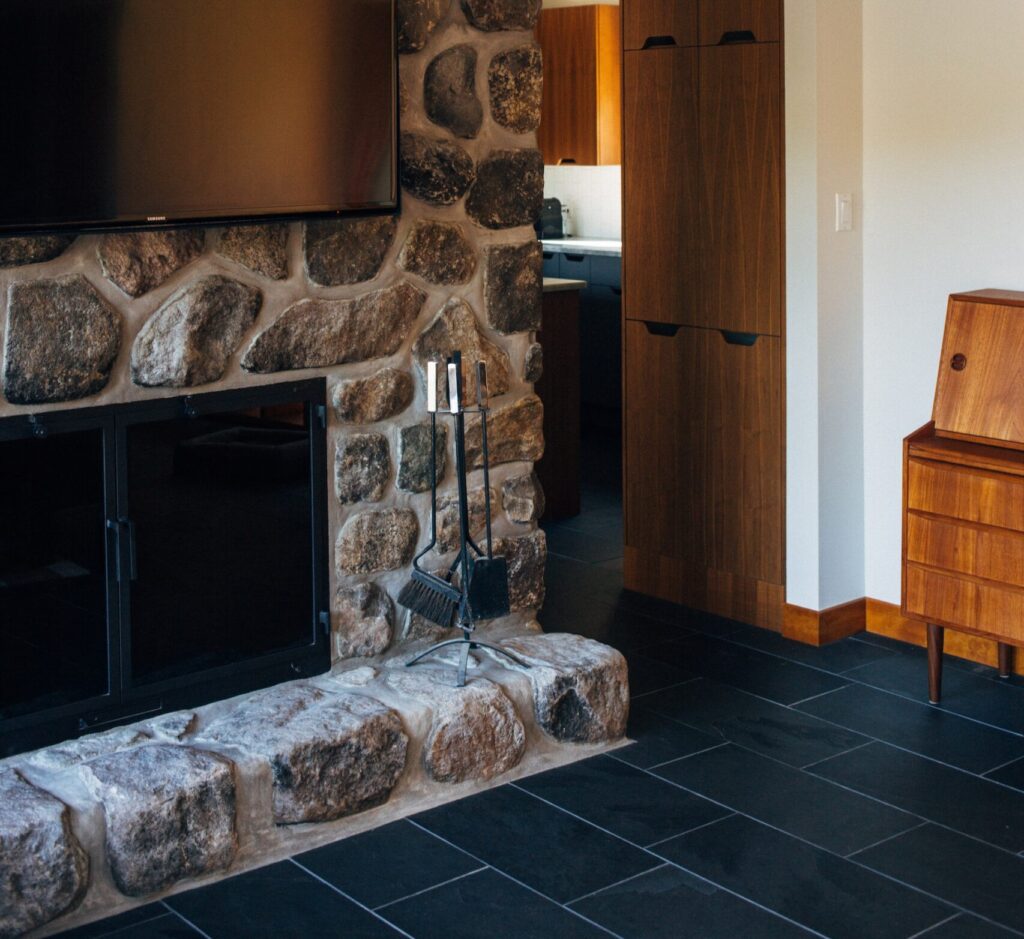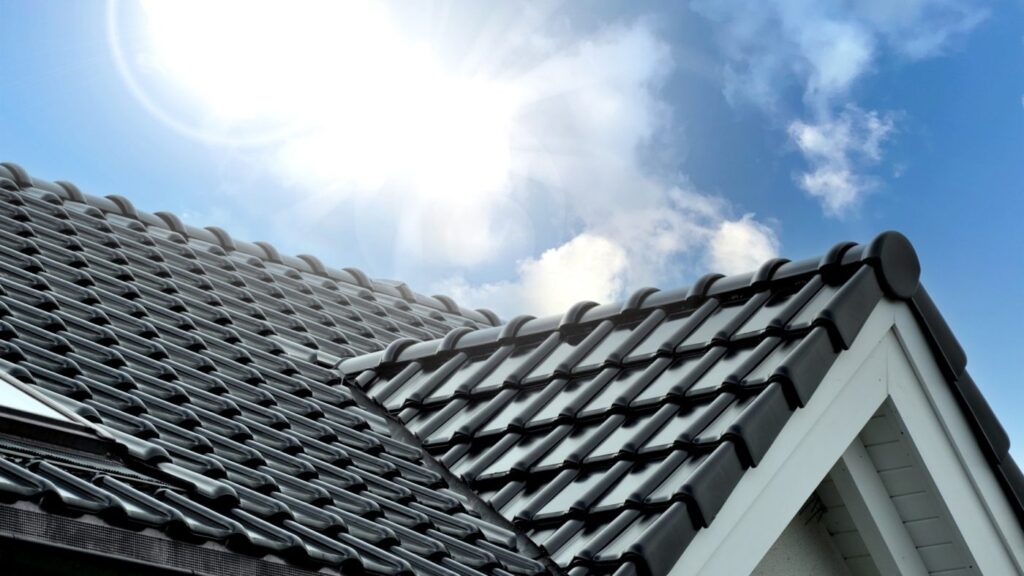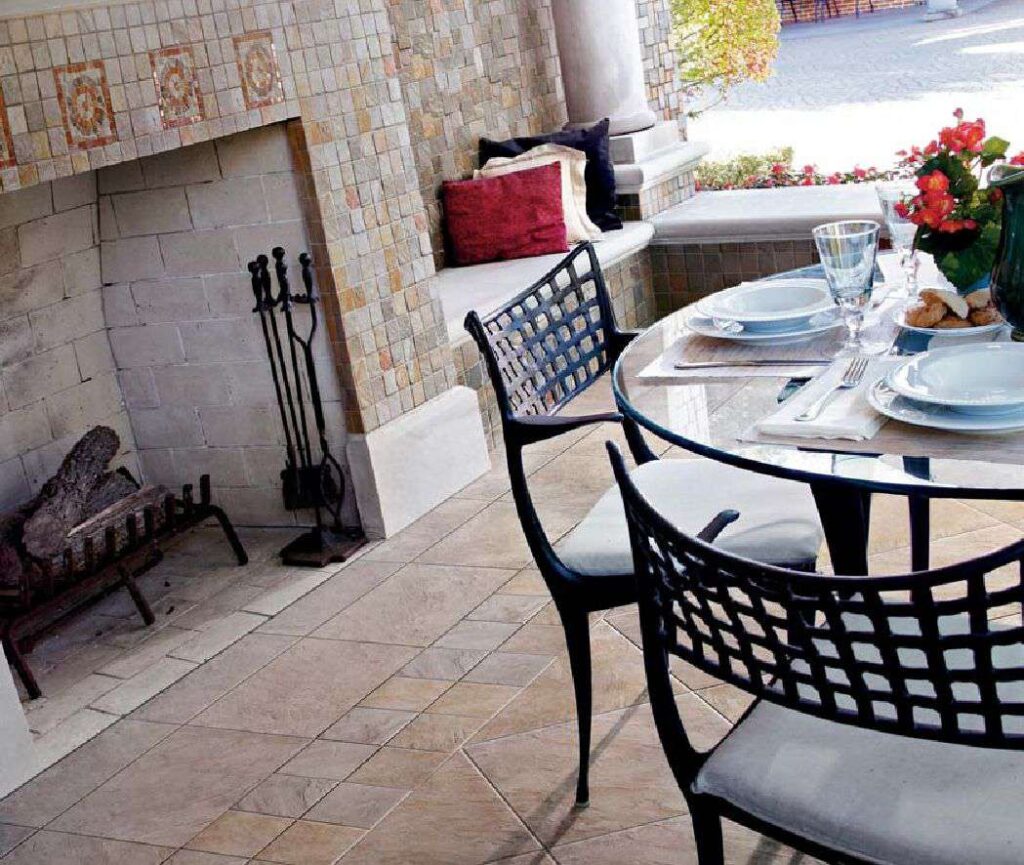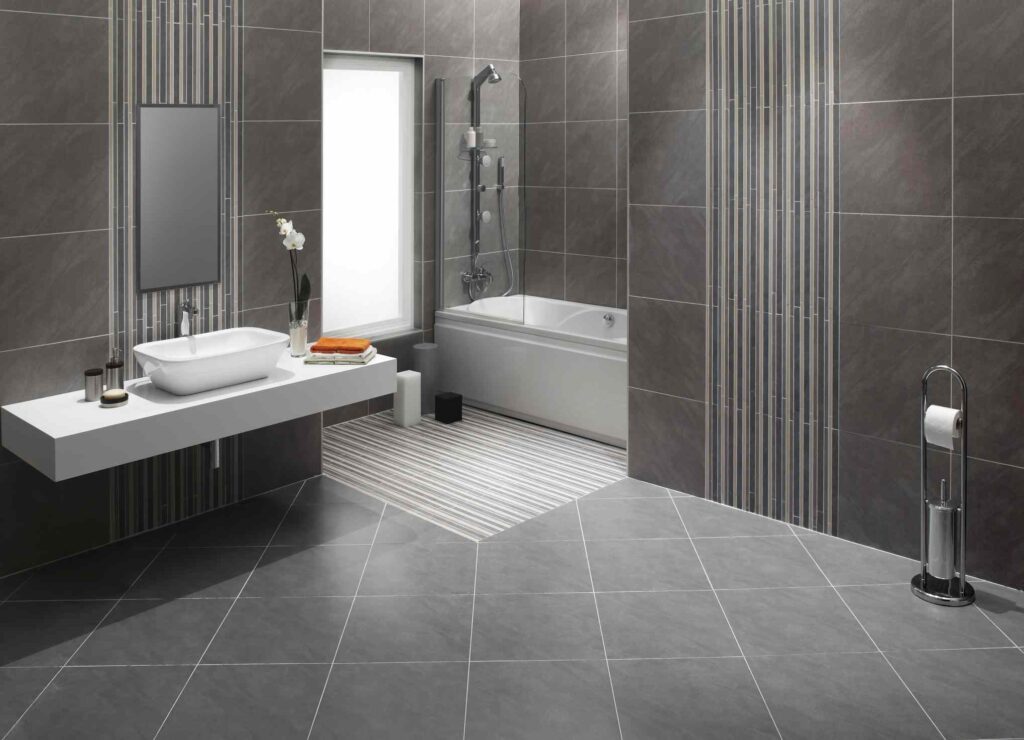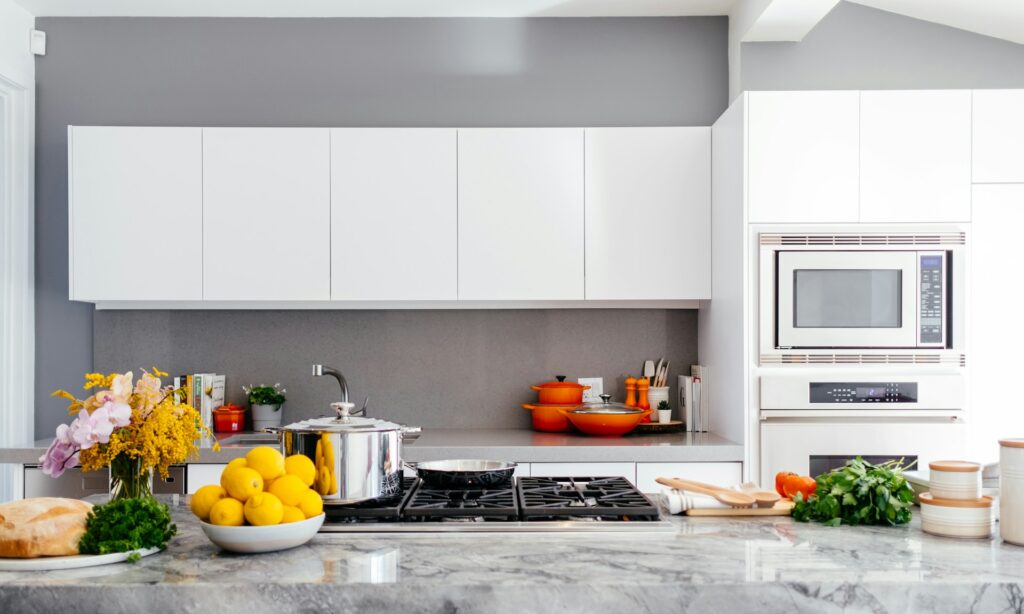
The kitchen, often referred to as the heart of the home, is a space where functionality meets aesthetics. When it comes to elevating the design of your kitchen, few materials offer the timeless elegance and versatility of stone. Whether you’re aiming for a rustic farmhouse look or a sleek modern ambiance, incorporating stone into your kitchen decor can transform it into a culinary haven. In this comprehensive guide, we’ll explore various ways to use stone to decorate your kitchen, from countertops to accent walls, creating a space that is both visually stunning and highly functional. Having a pest free kitchen is crucial. Consider Tampa pest control to preserve the beauty and hygiene of your stone-adorned kitchen. To be pest and worry free call Tampa pest control.
Start with Stone Countertops
One of the most impactful ways to introduce stone into your kitchen is through countertops. Granite, marble, quartz, and soapstone are popular choices, each offering unique aesthetics and characteristics. Granite, known for its durability and natural beauty, adds a touch of luxury. Marble, with its veined patterns, imparts a timeless and sophisticated feel. Quartz provides versatility with a wide range of colors and patterns, while soapstone offers a smooth, matte surface with inherent heat resistance. Choose a stone that aligns with your design vision and practical needs.
Create a Striking Backsplash
A stone backsplash serves as both a functional and decorative element in the kitchen. It protects the wall from splashes and stains while adding a layer of texture and visual interest. Subway tiles in natural stone, mosaic patterns, or even a full slab backsplash can be tailored to your desired aesthetic. The backsplash is an opportunity to introduce different stone types or play with textures, contributing to the overall character of your kitchen.
Stone Flooring for Timeless Appeal
Stone flooring is a durable and timeless choice for the kitchen. Options like slate, travertine, limestone, or even polished marble can add a touch of luxury to your culinary space. Stone flooring is not only aesthetically pleasing but also easy to clean, making it a practical choice for a high-traffic area like the kitchen. Consider incorporating radiant floor heating for an extra layer of comfort, especially during colder months.
Craft a Stunning Kitchen Island
The kitchen island is a focal point that presents a prime opportunity to showcase the beauty of stone. A solid stone countertop for the island not only adds visual appeal but also serves as a durable and functional surface. Consider using a different stone for the island to create contrast with the surrounding countertops. This not only enhances the aesthetic appeal but also allows you to play with different textures and patterns.
Stone Sink and Faucet Combinations
Elevate the functionality and design of your kitchen by opting for a stone sink. Materials like granite, marble, or soapstone can be crafted into unique and visually striking sink designs. Pairing a stone sink with a complementary faucet in a matching or contrasting finish adds a cohesive and refined touch to the kitchen. This combination not only enhances the visual appeal but also introduces durability and easy maintenance.
Open Shelving with Stone Accents
Open shelving has become a popular trend in kitchen design, providing an opportunity to showcase decorative elements. Introduce stone accents by incorporating open shelves with stone surfaces or brackets. This subtle touch can add warmth and texture to the kitchen while creating a platform for displaying decorative items or essential kitchenware. Consider combining stone with natural wood for a harmonious blend of materials.
Stone-Lined Nooks and Alcoves
Create intimate and visually appealing nooks or alcoves within your kitchen by lining them with stone. This could include a cozy breakfast nook with a stone accent wall, a built-in wine rack with stone detailing, or a designated coffee station featuring stone countertops. These stone-lined spaces add depth and character to your kitchen while serving practical purposes tailored to your lifestyle.
Incorporate Stone Veneer or Panels
For those looking to introduce the beauty of stone without a major overhaul, stone veneer or panels offer a versatile solution. These lightweight alternatives can be applied to accent walls, kitchen islands, or even cabinet fronts, providing the appearance of natural stone without the weight or cost. Stone veneer comes in various types and finishes, allowing you to achieve the desired aesthetic for your kitchen.
Play with Textures and Finishes
Stone offers a diverse range of textures and finishes, allowing you to personalize the ambiance of your kitchen. Polished surfaces provide a sleek and sophisticated look, while honed or leathered finishes offer a more subdued and tactile appeal. Experiment with textured stone tiles for the backsplash or consider combining different finishes to add visual interest. Playing with textures allows you to create a multi-dimensional and visually engaging kitchen space.
Blend Stone with Complementary Materials
While stone is a powerful design element, blending it with complementary materials enhances its impact. Combine stone with warm wood tones for a rustic feel or juxtapose it against sleek stainless steel appliances for a modern edge. The interplay of different materials adds depth and character to your kitchen, creating a harmonious and well-balanced design.
Crafting a Timeless Culinary Sanctuary
Incorporating stone into your kitchen decor is a journey of creativity and functionality. From countertops to flooring, backsplashes to accents, each element contributes to the overall aesthetic and atmosphere of your culinary space. By carefully selecting the type of stone, considering texture and finishes, and integrating it seamlessly with other materials, you can craft a kitchen that not only stands as a testament to timeless elegance but also serves as a functional and inviting sanctuary for culinary creativity.

